

Matt Campbell
2025 Volvo XC90 review
4 Days Ago
Ian Callum sat down with CarExpert over video to talk about his past endeavours, his current projects, and the future of car design.

Contributor


Contributor
This is part two of our chat with Ian Callum, Jaguar’s chief designer for 20 years. We recommend catching up on the first part, which starts with his career at Ford, his progression through TWR and his involvement with HSV, and finally jumps to his Jaguar years.
Here, we talk about the Jaguar I-Pace, his latest project at Callum Design, and the challenges facing the automotive industry going forward.
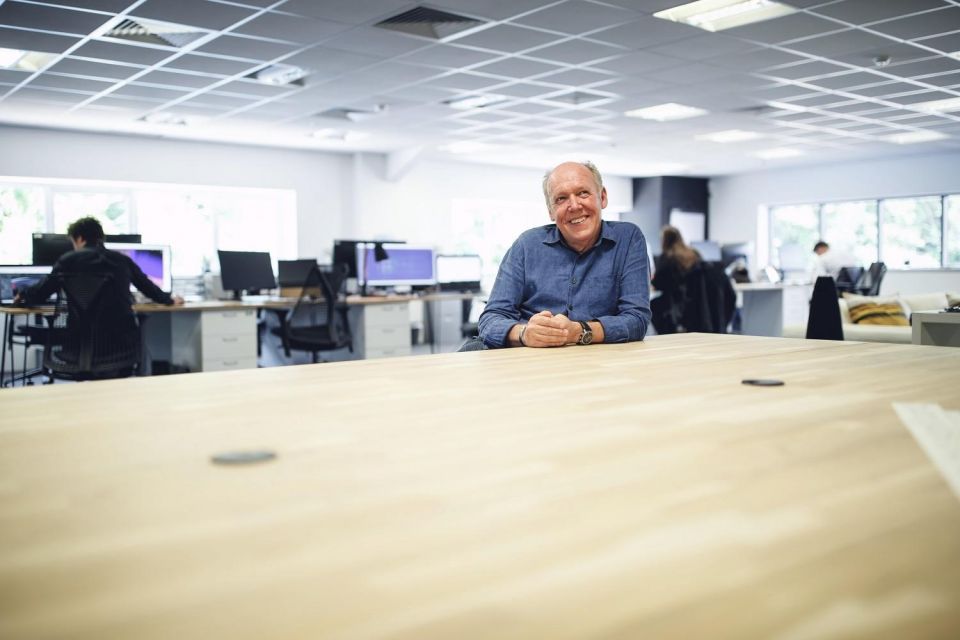
IC: You couldn’t do it with a combustion car, because the package physically would be very difficult.
You might have got a transverse small engine in the front of it, but even the height of that would’ve been challenging, frankly, especially with modern crash tests.
I’ll tell what inspired it. I was drawing mid-engine style, cab-forward style cars way back in the Ford days. Of course it’s something that’s physically not possible.
A mid-engine family car was an oxymoron, wasn’t it? Because if you put the engine in the back instead of the kids, there’s no longer a family car. But that notion of a cab-forward [family car] that looked like a sports car was always in the back of my mind.
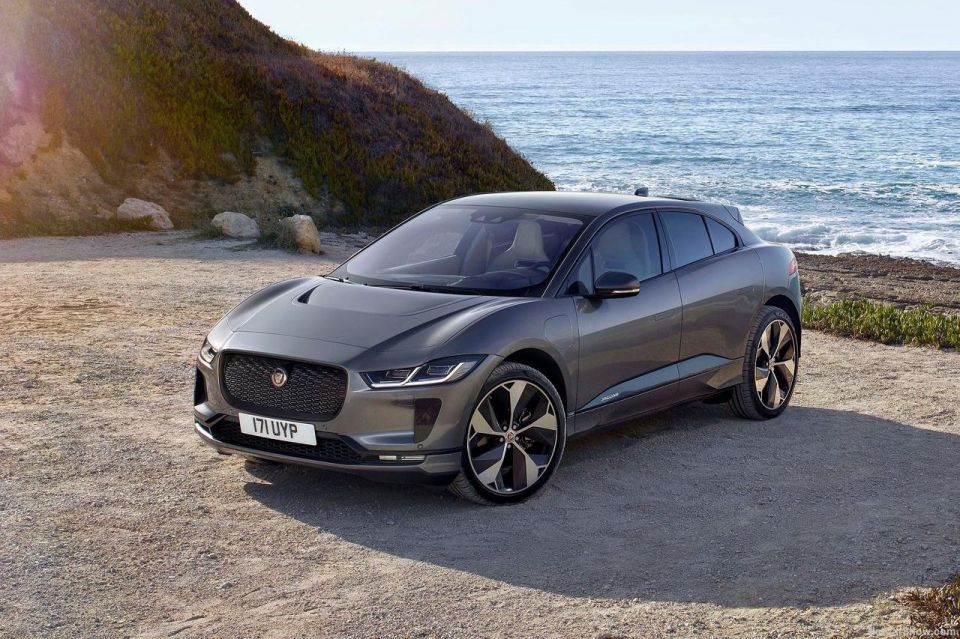
I saw an opportunity to try and push that idea forward, where you take the visual mass of the car and you moved it forward and made the bonnet shorter, and gave it that feel of something, in my mind, more sporty.
I think if you ask most designers these days, if you’re going to default them to a car of any kind, they’ll end up designing a mid-engine sports car. That’s the default sketch, and that’s what I grew up with.
Being inspired by the LM250 Ferrari and that whole new generation of mid-engine cars, it really set my thoughts for the future. That’s why I’ve never been a great lover of front-engine cars.
There was an opportunity to take that proportion and finally put it into a family type of vehicle.
The fact it’s an SUV made it even more challenging, I didn’t want it to look like an SUV.
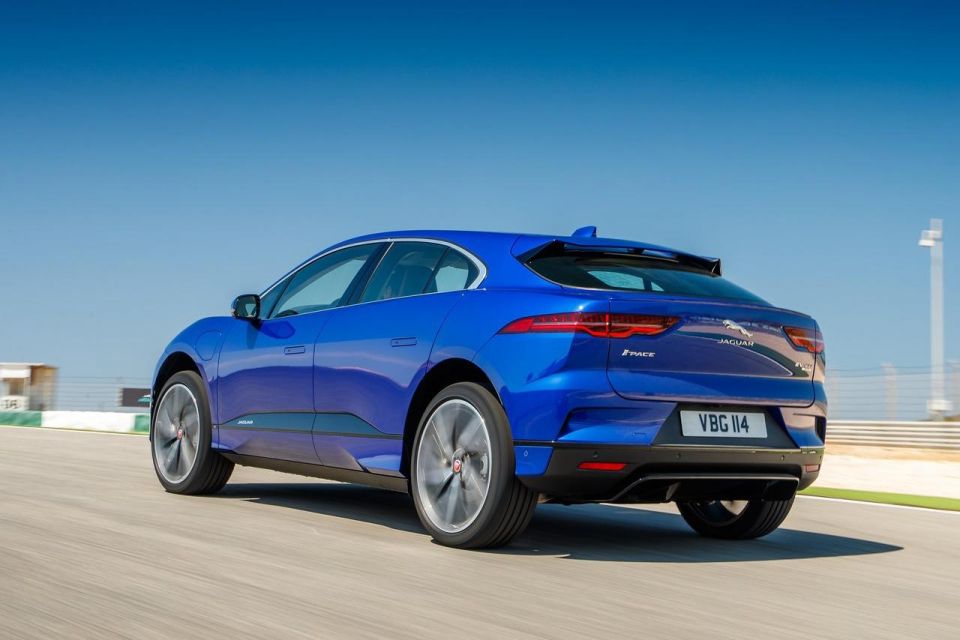
SUVs tend to be very vertical, and I wanted this to have length. What I discovered is if you lift it high, if you have a certain dynamic it still looks like a car as opposed to an SUV. That’s another element I wanted to build into the car.
Ultimately what we created, not deliberately but by process, we ended up with this vehicle nobody could really define.
The great thing for me when we were developing it was; other people within the business looked at what we were doing and because they couldn’t pinpoint it, they couldn’t put in a pigeonhole, they didn’t have a set of attributes in terms of package that they could say “well it has to have this headroom, it has to have this boot space” because they couldn’t define it.
To this day a lot of people find it very difficult to define because it just doesn’t fit into a category that we’re familiar with, which I’m very pleased about.
That’s how it came about, really. I personally worked on it quite a lot, it really was a vision I wanted to get out there.
We did a lot of it while everybody was on holiday. I could really get hands-on with the clay model and do it while nobody was looking. And it happened very quickly.

We came up with the first idea very, very quickly, and we modelled it in full size. Yeah, we evolved it from there, it wasn’t perfect. But that was the car we ended up with, it was always the one that was in there that I managed to get on the road. I’m very pleased with it.
People say, “Why is it a Jag?”. Well, the first thing is we put what had become the familiar Jaguar face on it because everything else was so different, I thought if we change that too much people won’t recognise it at all. Hence the nose was familiar.
However if we’d done that 10 years before it wouldn’t have been familiar, it would have been a complete aberration. But the rest of it is so different.
It’s got lovely lines, it’s got great proportions, it looks like it’s moving when it’s standing still. It does all the things a Jaguar should do. I think it meets the Jaguar list quite well.
My one question that I always asked myself was “would Sir William Lyons have approved of this?”. That’s the one thing I honestly asked myself.
What would he think of this, because he was the founder and the guru of the brand. I sit quite comfortably and think, “Yeah, he’d have liked this”. He’d have loved this being slightly disruptive…

IC: I do, I genuinely do…
Jaguar has always been in my heart. It was probably the most exotic car I grew up with, because some people had them.
I love other brands, as most car people do, but that’s the one that’s always been my focus.
In many ways I was very sad to leave, but I’d done what I wanted to do after 20 years. It took a bit longer than I thought, but I thought it was time to move on.
The age was right, the timing was right. So I left them to their own devices – hopefully in a situation where a new era had been established that they could grow from.
When I arrived there the era was broken, the era was 30 years prior.

IC: Julian understands it. I’ve known Julian for 40 years now, so we are friends. For that reason I can trust him fully.
He was my first choice! I wasn’t going to be the final say on who would take over from me, but I managed to persuade my management that he was the right person, and he’d have the energy to do it.
Now we’ve broken the glass wall, I think he can afford to be a bit more pushy. He’ll have a point of view, no doubt about it. Every car designer has a point of view which then runs through into the very DNA of the brand.
Of all the people involved in a car business, it’s usually the designer who has the biggest influence on how the brand moves forward. I’m sure a lot of people in the business wouldn’t want to admit to that, but I think it’s often the case when you look back at history.
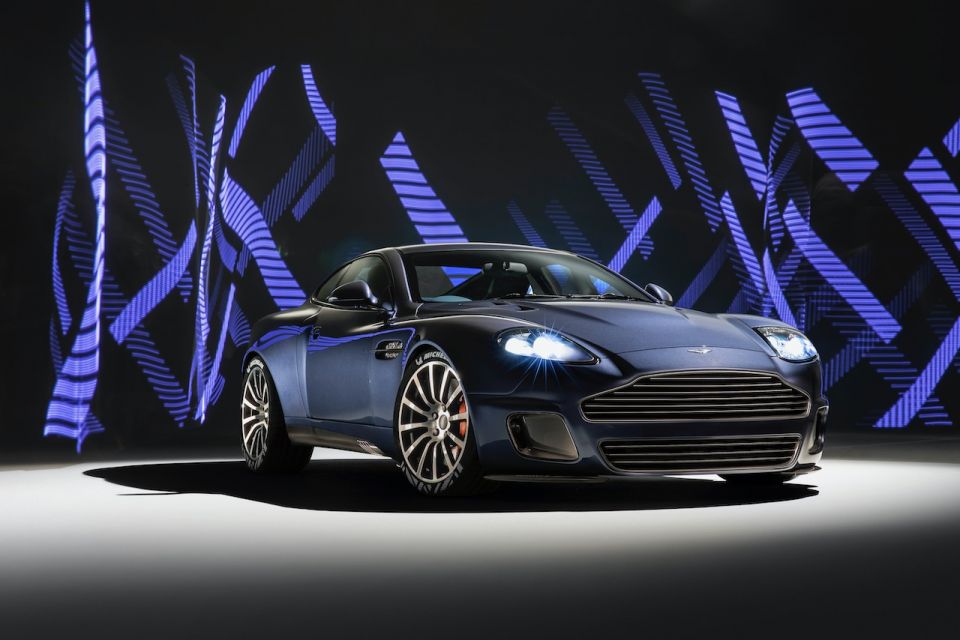
IC: I’ve been thinking of doing this for a while, actually. I wanted to work for myself.
I had a touch of it working for TWR, in terms of its sense of freedom, but I wanted to work for myself. I thought I should start with a project that was quite ambitious but manageable, so I took a car I designed over 20 years and decided that I would update it.
People liken it to what Singer has done with Porsche. Admittedly it’s very similar, what we’re doing. We’re taking [the Vanquish] to another level.
I chose the Vanquish because I bought the car. I bought one, because I’d never owned a car I’d designed or worked on before. They don’t give me one! They lease me one, but they don’t give me one.
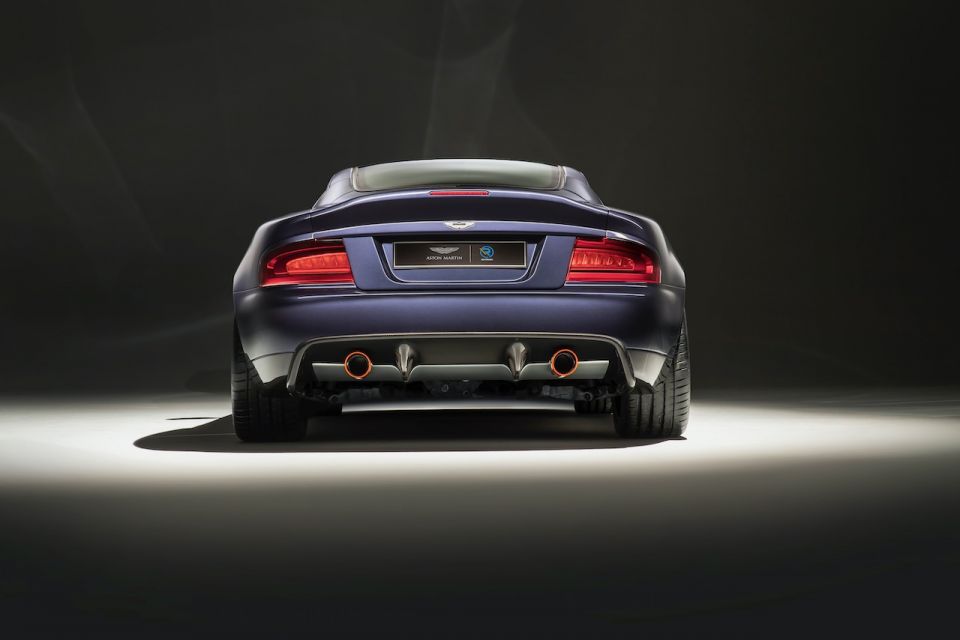
I decided this would be an appropriate car to work on, because it was one of my favourites. It had frustrations at the time, and of course when you move forward you learn more and feel you can do a better job. That’s why we took that car, wrung its neck a bit, and came out with what we call the VC25.
It’s a bit of indulgence. And it’s the only time I will do this, this is not a template for the future – take old cars I worked on and redo them. I did it on this one as a starting point because I just thought it was a good idea.
That’s what that car is all about. It’s about revisiting something that a younger me did all these years ago and making it better.
IC: To me it’s very important that any design is not just about styling and visual aspects, it has to be about the complete picture. I’ve addressed the exterior design, we’ve put a bolder front end on the car – I think more modern.
Had I known more then what I do now, I might have done that front end at the beginning. We’ve got rid of these funny fisheye spot lamps at the front, which I was never very keen on. A lot of people love them, but I don’t.
We just gave the car a much more assertive, modern front end, without being aggressive. That’s very important for an Aston.
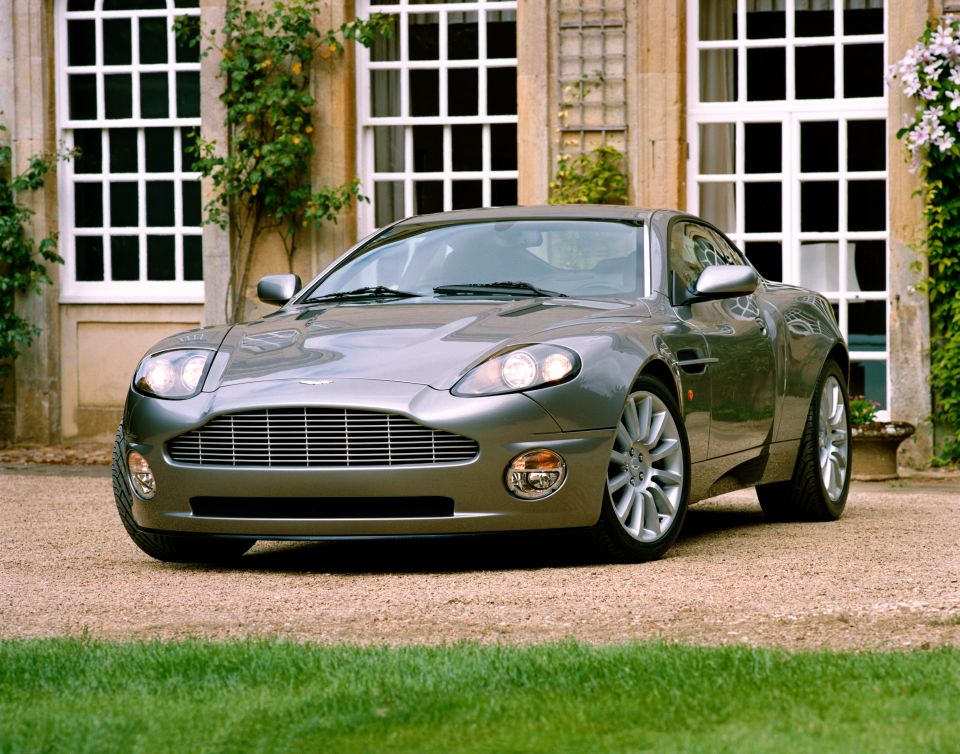
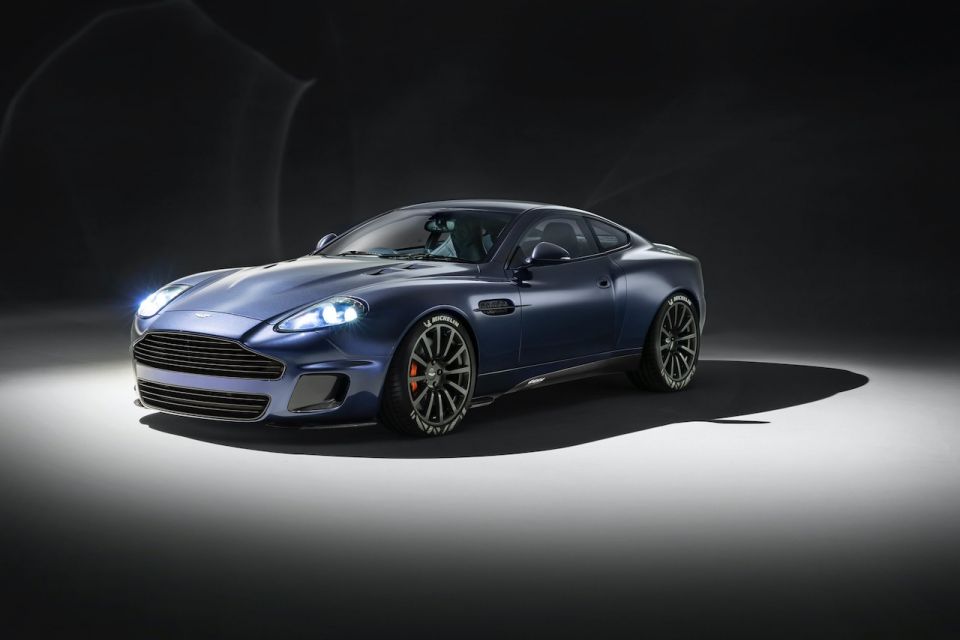
Then as we went right through the car we changed the back as well, we put a better Venturi on the back. We changed the sills, we changed the wheels. There’s a very similar wheel design I did originally that I was always very pleased with.
They subsequently got changed to – I think – a lesser wheel. We went back to that one, but we made it bigger. Wider and bigger diameter, which is the right way to go.
They’re 20 inch now, which doesn’t sound obscene anymore. The originals were only 19 [inches].
That stuff was addressed. The trim around the outside was surrogate from Jaguar parts, but also the interior was never up to the standard I wanted, so we’ve redone the interior completely. Every panel is new. Not a small job!
The architecture is very similar because what’s underneath has to remain the same…
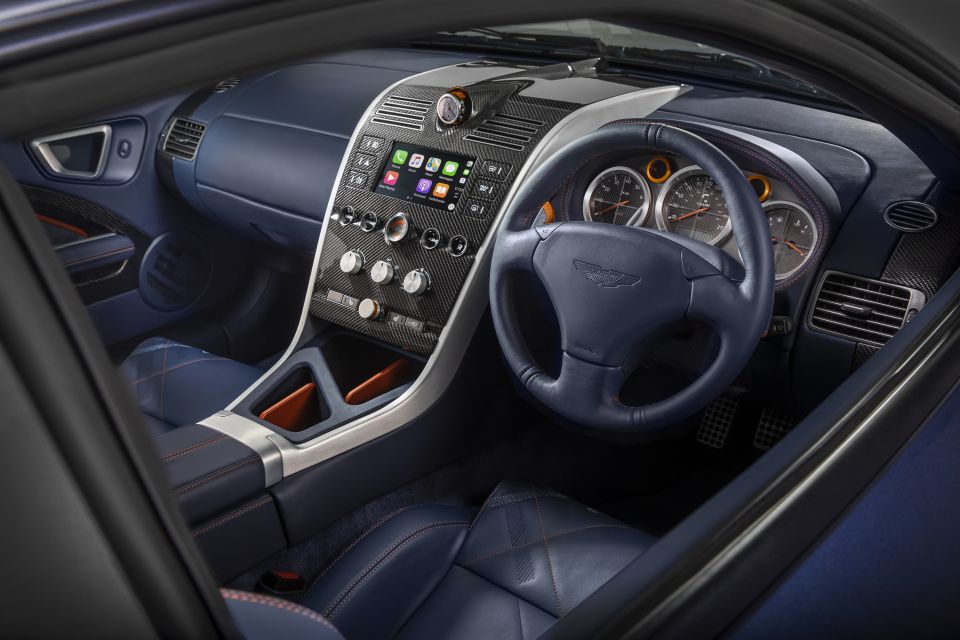
We brought new materials into it. Created my own sort of tartan/leather pattern that’s in there as well, which is a bit of fun. I felt it was something I could put a little hook onto and use. We’ll use it for future cars as well.
Underneath the car we’ve sorted the suspension, the damping, the springs. We’ve lowered it slightly, anti-roll bars – all that stuff we’ve tricked up. The chief engineer is a guy called Adam Donfrancesco. Despite his name he’s another Scot.
He’s done a lot of great engineering work on the car. We’ve got another 80 horsepower (60kW) out of the engine as well through management control and exhaust manifolds, and some head work.
We’ve gone through the whole car both aesthetically and mechanically, and we’ve redesigned seats to make them more comfortable. We’ve dropped the h-point so people who are over six-foot can actually use it better.
We’ve just made the car a better car. But my objective was to finish off a car that you could put on the road in 2020, and people would say, “Yes, it belongs to now”. Because I felt confident the shape of the car was fairly timeless.
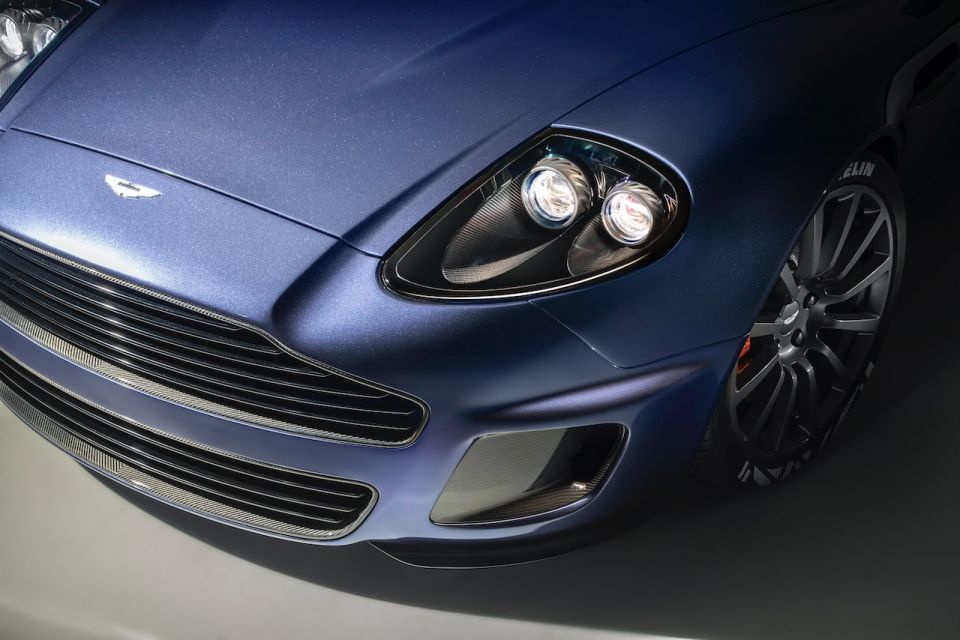
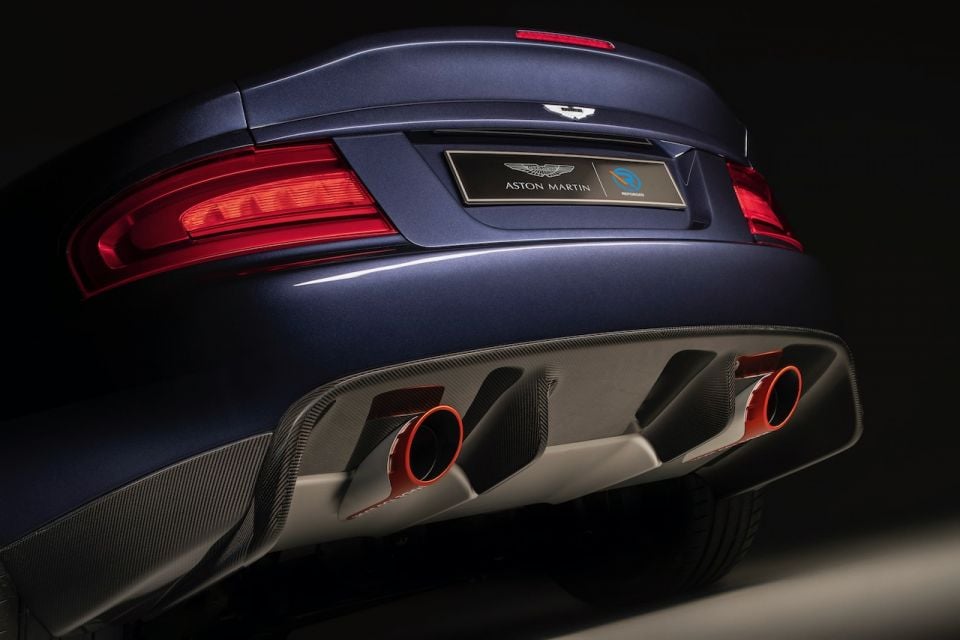

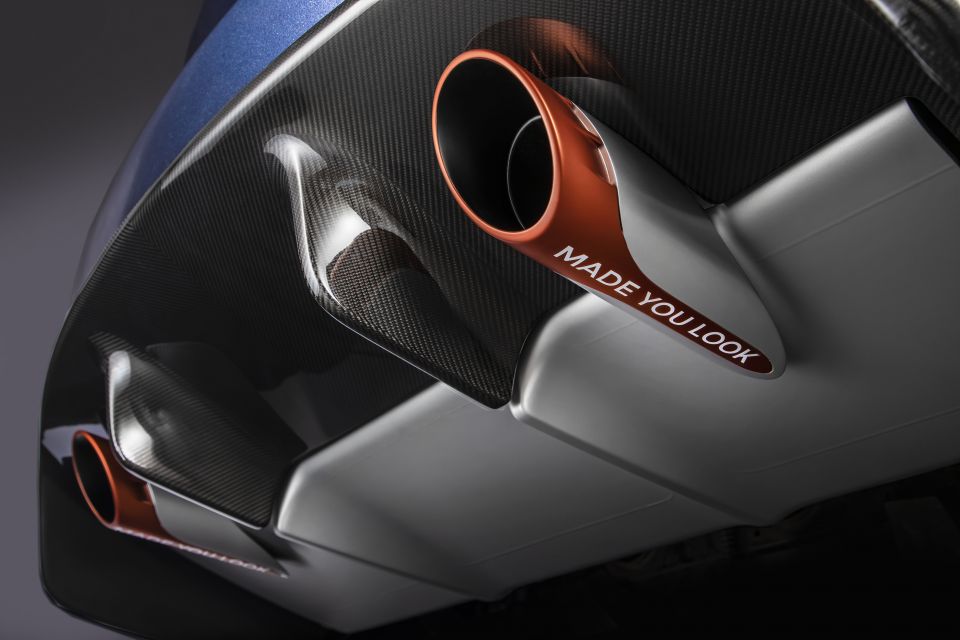
If we could just detail it properly; the headlamps, the taillamps, modern technology, we could effectively create something that was of today – which I think we’ve done.
When you see the real thing – and we’re going to get a couple driving soon – its presence on the road is really quite extraordinary. I’m very pleased with it, but it’s a big job.
I’m glad I started with what I felt was going to be a relatively small job and have it become a big job, rather than a big job that becomes impossible. I’ve been round the houses enough times to know these things are never going to be straightforward. We’re managing it.
We’re also designing other things, which will come to fruition over the next few weeks and months. Not just cars, we’re doing furniture, and we’re doing some leather goods and such. Incidentally there’s a Mulberry bag that comes with the car we helped to design as well.
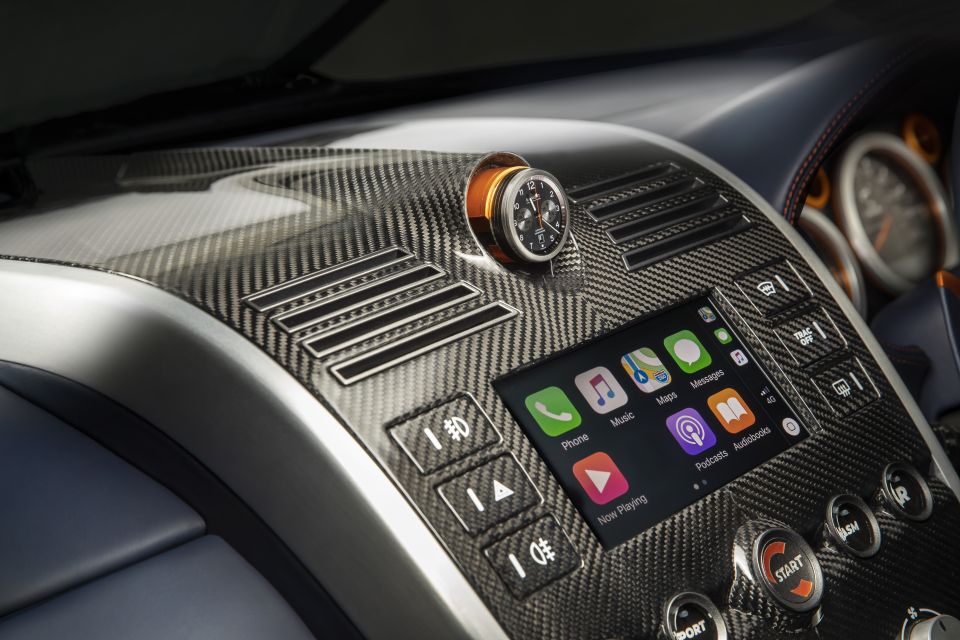
We did that in association with Mulberry, which is quite thrilling really because they’re another lovely British brand. Bremont watches as well. Bremont has done all the dials for us, and there’s a clock, a watch, that sits in the middle of the car you can take out and put in your pocket.
So we’ve had some nice associations with various companies.
IC: It’s interesting, isn’t it? Because the Astons, the old ones, are designed in Italy. The Mulberry chief executive is Italian, and Bremont is a French name.
I don’t know, I think we can take other elements and make them work within our little island. I think there’s sentiment of restraint applied – I’d like to think. I’m not suggesting it happens for every car, every piece now.
This is something we’ve learned in fairly recent history, actually, in terms of branding and product, because product is a new thing. The motor car is only 100 years old. Watches are older, but the notion of branding and storytelling in a product has become quite important [recently].
The storytelling side of it has got some depth to it. There’s a little bit of history there we can apply to product, which I think makes it quite British. But I think that element of restraint, and that slightly tongue-in-cheek [attitude] as well.
If you get it you get it, if you don’t you don’t. There’s a nice story there. We were showing some elements of ideas to Jaguar, and [laughing] we decided to look for fun things. I don’t know if you remember the XF, but the rotary controller came up and the vents spun around.
That wasn’t high-tech, that was just simple step motors making things happen, but people saw that as being fun with technology. The starting button with Jaguars, for instance, pulsed with a heartbeat. It’s that element of fun and tongue-in-cheek.
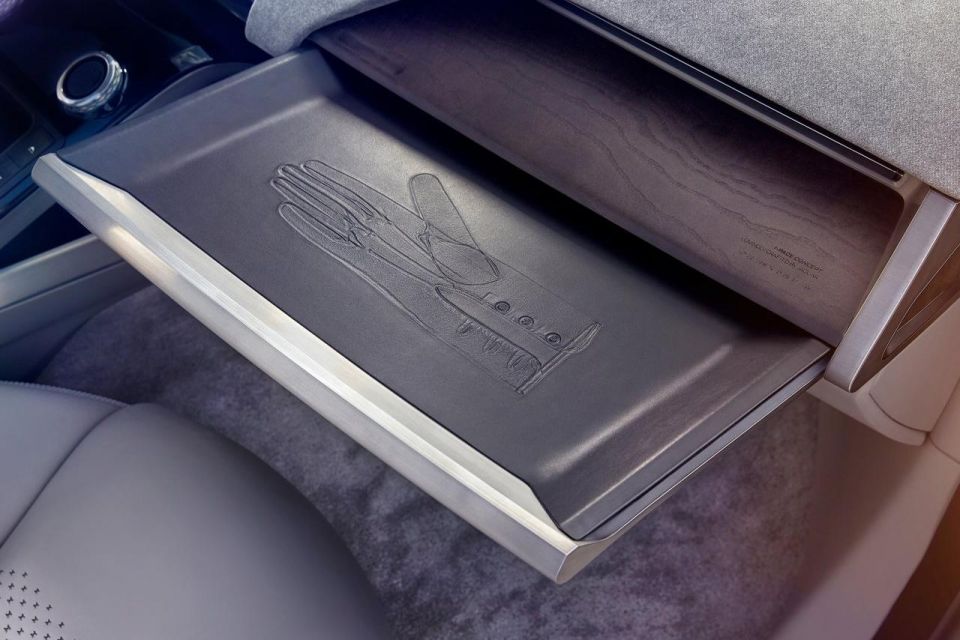
We designed a glovebox with a leather base to it for one of our concepts, and it had an imprint of a glove inside it. Glove box. And one of my colleagues who wasn’t British said, “Why did you do this? We know it’s a glovebox. Why’d you put a glove on it?”
It’s ironic. They said, “I don’t understand”. That’s the irony.
I think that sense of irony is something which we enjoy. You Aussies have a very similar sense of humour, I know that!
IC: The whole process now is completely different. The sense of survival is very strong.
I think car companies during the sixties and seventies, and certainly when I got to know it and learn it – I started in the late seventies, eighties – the individual company was always at stake.
I remember being at Ford in the downtimes, but the survival of the whole car industry as an entity with this huge machinery that’s being created is going to be very challenging. It was never a challenge before, you went on to the next model, you knew what it was going to be.
The biggest revolution came when somebody created front-wheel drive, and the engine was turned sideways in the Mini, stuff like that. That in some ways was the biggest revolution ever to happen to the car industry in 100 years.
Then we discovered diesels were more efficient, so that happened for a while until governments messed that one up, but we won’t get political.
Suddenly we’ve got enormous disruption within the business spread across the world. When you consider how many cars are built in China — higher volume than the US — where is that going to go? When they get their volumes up it’s going to transfer around the world.
People when they start driving and accepting Chinese cars, what does that do to the car companies in the Western world? That’s going to be hugely challenging in terms of the very economics of the car industry.
Then there’s a change of technology. We’re going to go electric. We are going electric, by the way, there’s no doubt about that. I would challenge you to find a mass manufacturer that’s developing a V8 engine at the moment. I bet there isn’t one.
If there is, it’s probably at the end of its cycle of development.
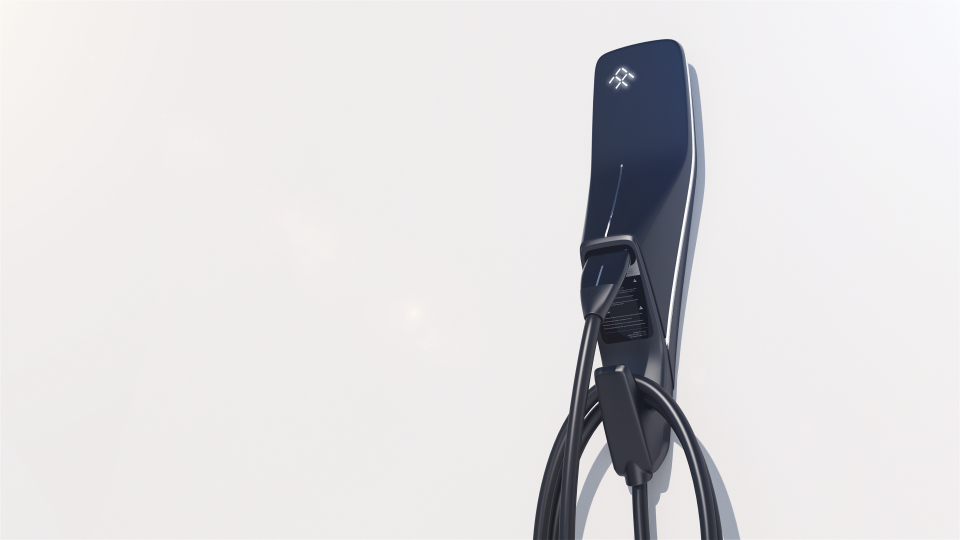
People have stopped designing engines in the mass market, except for probably the very high-end specialists. So we’re going to go electric, but when?
We will when infrastructure allows it to happen, that’s going to again down to culture and politicians. There’s so many unknowns, and the industry is going to go through some challenges it has never seen before.
When you consider it costs anything up to £1 billion ($1.9 billion) to produce a new car, it’s not something you take lightly. It’s something you have to be very careful about. Not knowing what to do and where to go, it’s the first time the industry has really been in this place.
Designers love this, that’s if the business they’re working in survives, because they love change, they love the opportunity to do things differently, and so on. So designers see this as an opportunity rather than a challenge.

I think engineers see it as an opportunity, but I think the cultural and political side of it is going to be very difficult. I know we see electric cars throughout the world, and particularly in Australia – the infrastructure in Australia for electric cars is not great – it shouldn’t be.
When you consider people don’t drive long distances in Australia. I know people say you do, but you fly. You don’t drive long distances.
People actually drive long distances in the UK. I drive 500 miles (805km) regularly, because I choose to do it that way. But the electric car is coming, and people need to learn to use them, and the infrastructure needs to be there to plug them in every day and use them without tension, and thought.
It’s not great here in the UK either. It’s getting better, but if I drive 300 miles (480km) to Scotland – which is a regular trip for me – I take my F-Type. At the moment, I’m not sure I really want to be looking for that charger at the time I actually need it.
It’s getting better by the week. I’m more prone to getting an I-Pace again, which I probably will do because I know I’ll be able to drive it and get it charged up in 30 minutes. If you’re doing a long trip that’s fine.
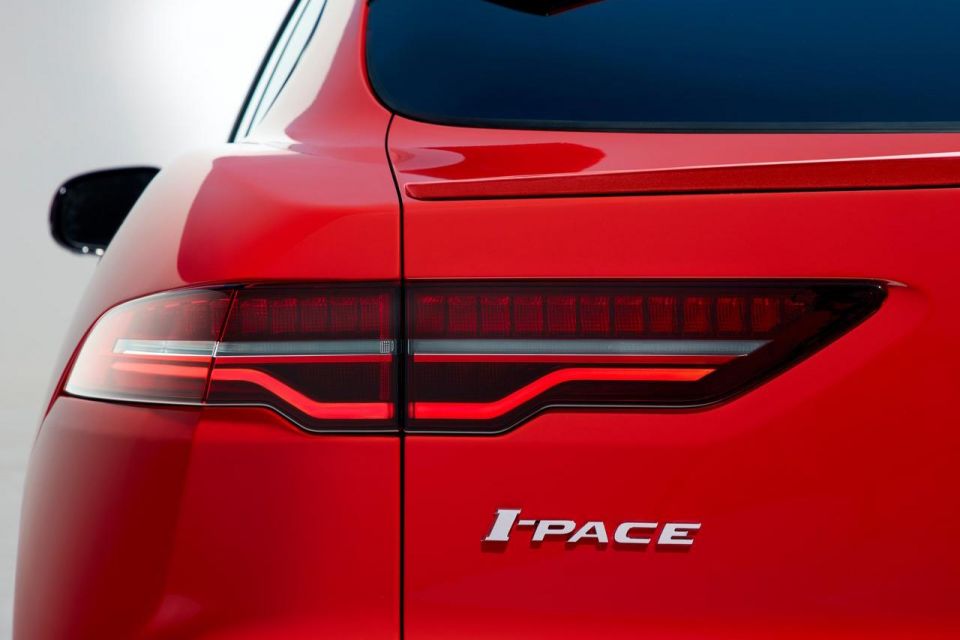
And then of course there’s the materials that we’re using, in terms of getting the weight down. Jaguar Land Rover uses aluminium a lot, there’s a new demand on interior design, which has never been there before. And then we get to autonomy.
Where is that going to take the car? I know when I left Jaguar, we were designing autonomous cars. Not in detail, but we were looking at the whole concept of autonomous cars and how they’re laid out. Do we end up with a living room on wheels?
The one thing you must remember, of course, no matter how flexible these environments [become] because nobody’s actually driving them, you still have to strap people in because they’re still doing 70 or 80mph, 100km/h, whatever it might be.
No more than 100km/h in Australia, because I know you’re not allowed to. Otherwise somebody will arrest you. Sorry, that’s my one bugbear about your wonderful country. It’s draconian!

Anyway, where were we? I’m not convinced the autonomous car is coming as quickly as people think it is. There are too many unknowns, not least of all the environment: there’s legislation, there’s responsibilities, there’s insurance, there’s all sorts of issues there.
Some cars can do it to a point, often not quite as well as they say they can, which I’ve experienced. But the technology’s there to do it. Again, this is going to have to be wrapped into a cohesive totality of some kind that works everywhere. I can’t imagine driving an autonomous car in India, for instance.
As much as I love India and I love going there, the roads are dangerous under normal circumstances.
It’s challenging times. I’m really grateful I went through the period I did, which is probably a bit self-indulgent. But within Callum Design, we are working with electric car people. I want this to become the mainstay of our future.
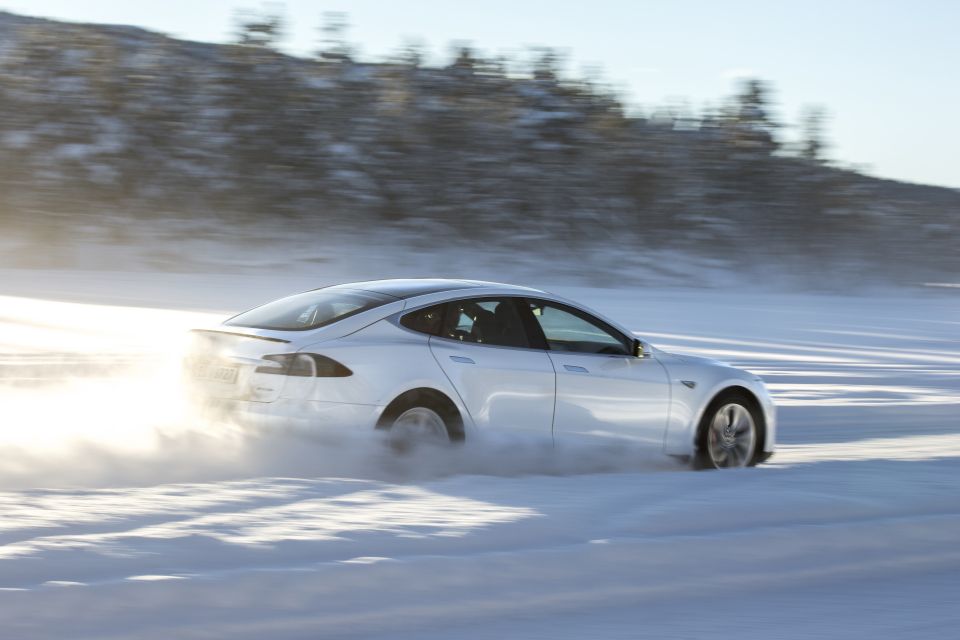
The technology is actually incredibly exciting and very straightforward. When we do road tests from 0-60 [mph] we’re going to have to separate electric cars from the conventional ones.
Nought to 60 times become almost irrelevant. I think there’s going to be some down-tuning going on in order to get family cars to do 0-60 in over five seconds. But hey, it can be interesting.
Scott Collie is an automotive journalist based in Melbourne, Australia. Scott studied journalism at RMIT University and, after a lifelong obsession with everything automotive, started covering the car industry shortly afterwards. He has a passion for travel, and is an avid Melbourne Demons supporter.


Matt Campbell
4 Days Ago


James Wong
3 Days Ago


CarExpert.com.au
3 Days Ago
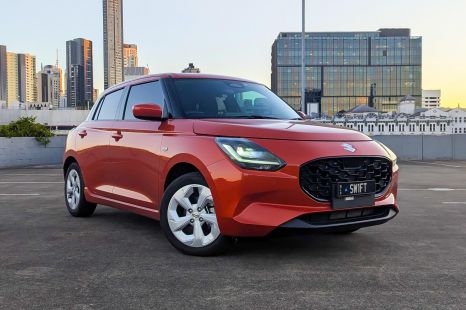

William Stopford
2 Days Ago


Max Davies
1 Day Ago
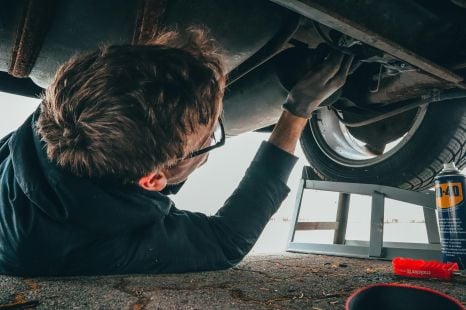

Damion Smy
18 Hours Ago